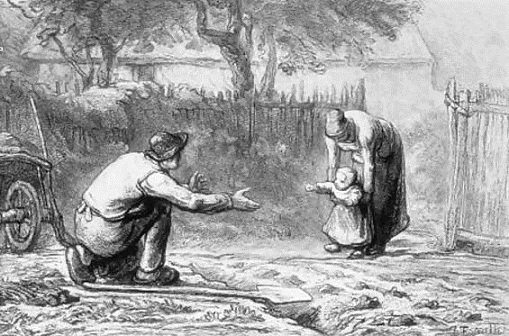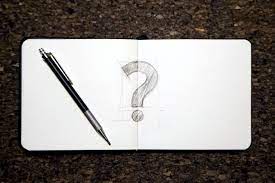Products You May Like
Drawing First Steps – An incredibly accomplished woodworker running his successful workshop wanted to use his skills more expressively and creatively. So I told him to leave me alone, go away and learn how to draw! Then come back and see me when he had a pile of drawings.

But the problem is that, however important to us, it will never be a racing urgency. It will never be in your face. Yet, you must make it a part of your daily practice.
Drawing should be something you do every day. You don’t have to spend a lot of time on it, just a few minutes, 20 at most, but it should be something you do every day.
So, where do we start? I’m going to give you a week to gather together a few materials. The first and perhaps most important is an artist easel. This is a structure that will hold your job while you’re working on it and, like a cabinet maker’s bench, will free you from keeping your job and working on it at the same time.
An easel will allow you to put the drawing board where you want it, step back and look at it. You can buy a thin and light, and relatively inexpensive sketching easel at your local art shop. This you might find yourself replacing after a while. (Drawing First Steps)
So you may want to go for a slightly more solid and heavier type of studio easel. Studio easels are pretty expensive, so it’s a purchase you may want to put off, but it’s one that you will not be able to avoid if you are serious about this.
Next, you are going to need a selection of erasers and pencils. This is the Ferrari of expressive instruments. I may be telling my granny here how to suck eggs, but…. a pencil has a number written on the end of it.
It may be HB or 3B or 6B. The larger the number followed by a B, the softer the lead is. Most of us will draw using a 2B or 3B. It would help if you used what you feel right with; this biz is about touch and feel; what feels good probably is good. (Drawing First Steps)
Go with that; learn to trust your feelings. Pencils will also be marked with 2H up to 6H. This range of harder pencils is used chiefly for technical drawing, but you may like drawing with these.
The more complex the pencil lead, the more minor the picture, the more detailed a line it will produce. To work in this way, you will need a tough, smooth paper but more of that later. 3B and 6B pencils are great for more expressive larger drawings.
Next, you will need some quality drawing paper. Try all the kinds in the shop, over the coming months you will get on perfect terms with this art shop assistant. I draw on 100lbs smooth paper.
First, get a pad, either A2 or A3, in size; the more significant, the better, as it gives you more options. You can always cut up a large sheet of paper if you want to work smaller; however, large drawing pads are difficult to transport, and you may also need a portfolio to store your large drawings. (Drawing First Steps)
Being able to make big drawings is essential, as is a certain freedom in these drawings. Whilst you’re in the art shop, you may have a look at other mark-making tools.
Don’t go in for color just yet, but look at what you could use to make black marks on white paper charcoal, chalks, inks, crayons; bear these in mind for later. Oh, while shopping, either buy or make yourself a drawing board capable of taking A2 size paper.
